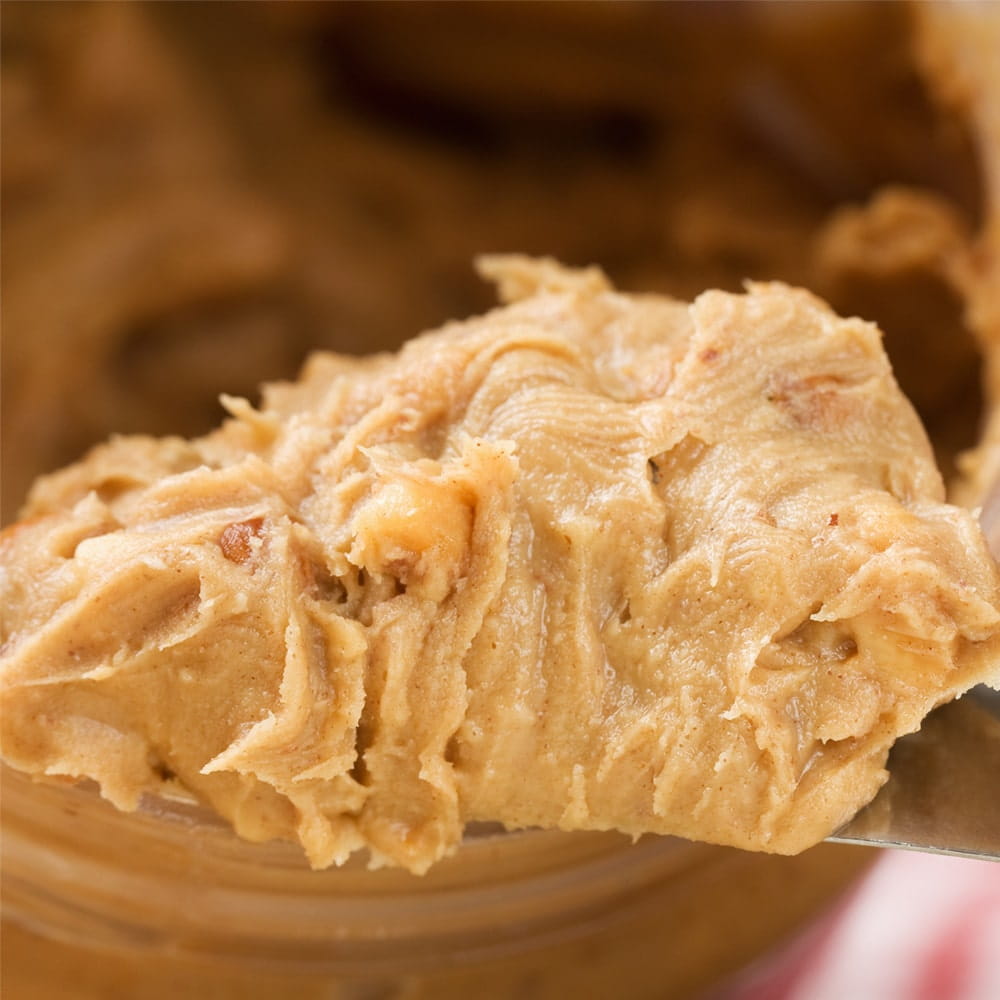Why is chocolate bad for dogs?
Why is chocolate bad for dogs?
What makes chocolate harmful to dogs and what to do if your dog eats any
As humans, we love chocolate. So, it can be easy to forget how dangerous it can be for dogs. As tempting as it is to sneak your pooch a square of chocolate, especially when they give you ‘the eyes’, even a small amount should be avoided to be on the safe side.
At best, a toxic amount of chocolate can cause vomiting and diarrhoea, but at worst it can lead to seizures and even be fatal.
Please always contact your vet as soon as you suspect your dog may have consumed chocolate. With such potentially serious consequences, it’s better to be safe than sorry.
What makes chocolate bad for dogs?
Chocolate is poisonous for dogs because it contains theobromine, a component which humans can easily metabolise, but for dogs this is a much slower process. This means it has much more opportunity to build up to toxic levels and cause potentially fatal issues.
Theobromine can affect a dog’s heart, liver and central nervous system – a demonstration of just how dangerous it can be.
How much chocolate is bad for dogs?

The amount of chocolate which would cause a dog severe health problems depends on the size of the dog and the amount and type of chocolate they have consumed.
Cacao, baker’s/cooking chocolate and dark chocolate are the most lethal for dogs, containing much higher levels of theobromine than milk chocolate. This means only a small amount could have serious and significant health effects.
It also depends on the size of the dog. A small terrier eating one square of dark chocolate will have a much higher chance of dangerous side-effects than if a Great Dane were to eat the same amount, for example.
Typically speaking, chocolate is toxic when consumed at 20 milligrams per kilogram of the dog’s weight. Though, as mentioned, significantly more milk chocolate can be consumed before toxic effects occur than is the case with dark chocolate. However, caution should still be maintained.
Even hot chocolate can be poisonous at high enough levels. While most brands will have similar or lower levels of theobromine than standard milk chocolate, it could still be dangerous, particularly for smaller dogs.
What are the side-effects of my dog eating chocolate?
You may see signs of theobromine poisoning within 6 – 12 hours of your dog eating chocolate, but some may not materialise for up to 24 hours. Symptoms which dogs may suffer from include:
• Vomiting
• Diarrhoea
• Increased urination
• Restlessness
• Abnormal or elevated heart rate
• Seizures
• Tremors
Symptoms can last up to 72 hours.
If you suspect your dog has eaten chocolate, the first symptom is usually severe hyperactivity. So, if you have not already contacted your vet, that is the cue to do so. But it is always best to contact your vet as soon as you suspect your dog has consumed chocolate.
Theobromine in chocolate can poison dogs and make them unwell.What should I do if my dog eats chocolate?
If your dog eats an amount of chocolate which you consider to be a concern for their health, seek advice from a vet as soon as possible. If you’re not sure, it’s always better to be safe than sorry, as your dog may require urgent treatment.
Some vets also have a handy chocolate toxicity calculator on their website which may provide a guide.
Where possible, try and keep any packaging to show your vet, to allow them to see the ingredients and what exactly your dog has consumed. Other information which could be useful is your dog’s weight, the type of chocolate they’ve eaten, how much they’ve eaten and when they consumed it.
The typical treatment for chocolate poisoning is to induce vomiting within two hours of consumption.
What dog-friendly alternatives are there to chocolate?

Obviously, chocolate should never be given to a dog as a treat. Luckily, as we all love to reward our pooches with tasty snacks from time to time (or maybe more regularly than we really should…it’s the eyes!), there are plenty of dog-friendly alternatives.
If you’re looking for a convincing replica, there is an increasing amount of doggy chocolate available now in shops, especially around Christmas and Easter time.
Alternatively, a healthy treat is never a bad thing! Dogs love apples, pineapple, cucumber, carrots and a range of other fruits and vegetables, which all provide health benefits, so rewarding your dog with cubes of these is a good place to start.
For something a little naughtier, peanut butter and cheese are also firm favourites, while there are obviously a whole host of doggy treats on the market, which you can reward them with for time to time.




